
PUMPA - SMART LEARNING
எங்கள் ஆசிரியர்களுடன் 1-ஆன்-1 ஆலோசனை நேரத்தைப் பெறுங்கள். டாப்பர் ஆவதற்கு நாங்கள் பயிற்சி அளிப்போம்
Book Free DemoHave you observed the leftover bread? When a piece of bread is left over for some, you can see a few dark coloured spots on it. Have you ever wondered that what are these dark coloured spots and from where do they appear?
These spots are fungi.
Fungus (plural fungi) belongs to the division thallophyta as its plant body is not differentiated into root, stem and leaves. It is a kingdom that includes mushrooms and moulds.
The branch of study of fungi is known as mycology. The term mycology is derived from the Greek word 'mykes' that refers to mushrooms.
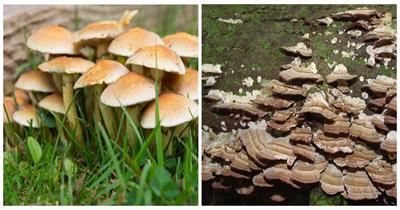
Some examples of fungi
Characteristics of fungi:
- The plant body of the fungus consists of filament-like structures called hyphae.
- These hyphae are arranged in the form of a network known as mycelium.
- The fungi are multicellular non-green (pigment chlorophyll is absent) eukaryotic organisms, but some species, such as yeast, are unicellular eukaryotic.
- The cell wall of fungi is made up of a tough complex sugar called chitin.
- Glycogen and oil are the reserve food materials of fungi. Due to the lack of chlorophyll pigments, they do not produce starch and hence, heterotrophic in nature.
Important!
As they do not contain chlorophyll and starch, they are placed as the third kingdom in the five-kingdom classification given by R.H. Whittaker.
Heterotrophic nature of fungi:
The heterotrophic nature of fungi is classified into three types, namely, parasites, saprophytes and symbionts.
Parasites:
Certain species of fungi absorb food from living organisms with the help of a special root called haustoria. Cercospora personata is an example of parasitic fungi. It affects groundnut plants and causes Tikka disease.
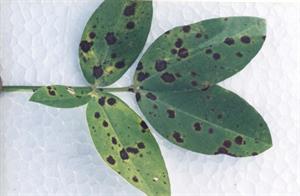
Groundnut leaves affected with Tikka disease caused by Cercospora personata
Saprophytes:
These are the species of fungi that grow upon dead and decaying organic matters to obtain their food and nutrients.
Example:
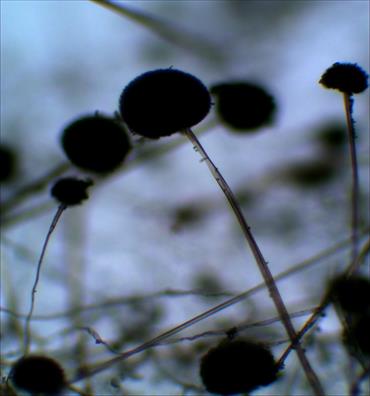
Rhizopus is a saprophytic fungus in plants.
Symbionts:
These are certain species of fungi that live in associations with other organisms.
Example:
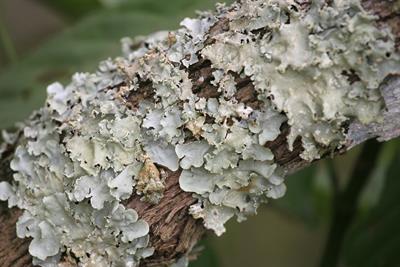
Lichens are fungi that are mutually associated with algae.
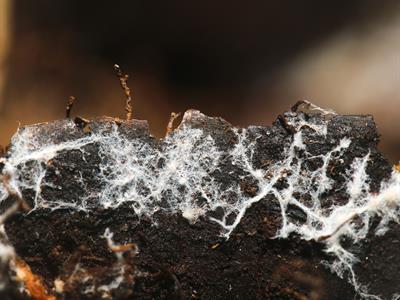
Mycorrhizae are fungi that live symbiotically with the roots of higher plants.
Reference:
https://www.flickr.com/photos/bapujiarcot/3673816785/in/photolist-9n2xXa-tt9BK-P1ND4D-6ADgJH-5xBgWA-7PrSzo-8gpRLm-Pad5JD-5xwTB6-PPRDwY/
https://upload.wikimedia.org/wikipedia/commons/c/c8/Black_mold_%28rhizopus_sp%29.jpg
https://upload.wikimedia.org/wikipedia/commons/b/bf/Lichen_%285465493518%29.jpg
https://upload.wikimedia.org/wikipedia/commons/c/c8/Black_mold_%28rhizopus_sp%29.jpg
https://upload.wikimedia.org/wikipedia/commons/b/bf/Lichen_%285465493518%29.jpg